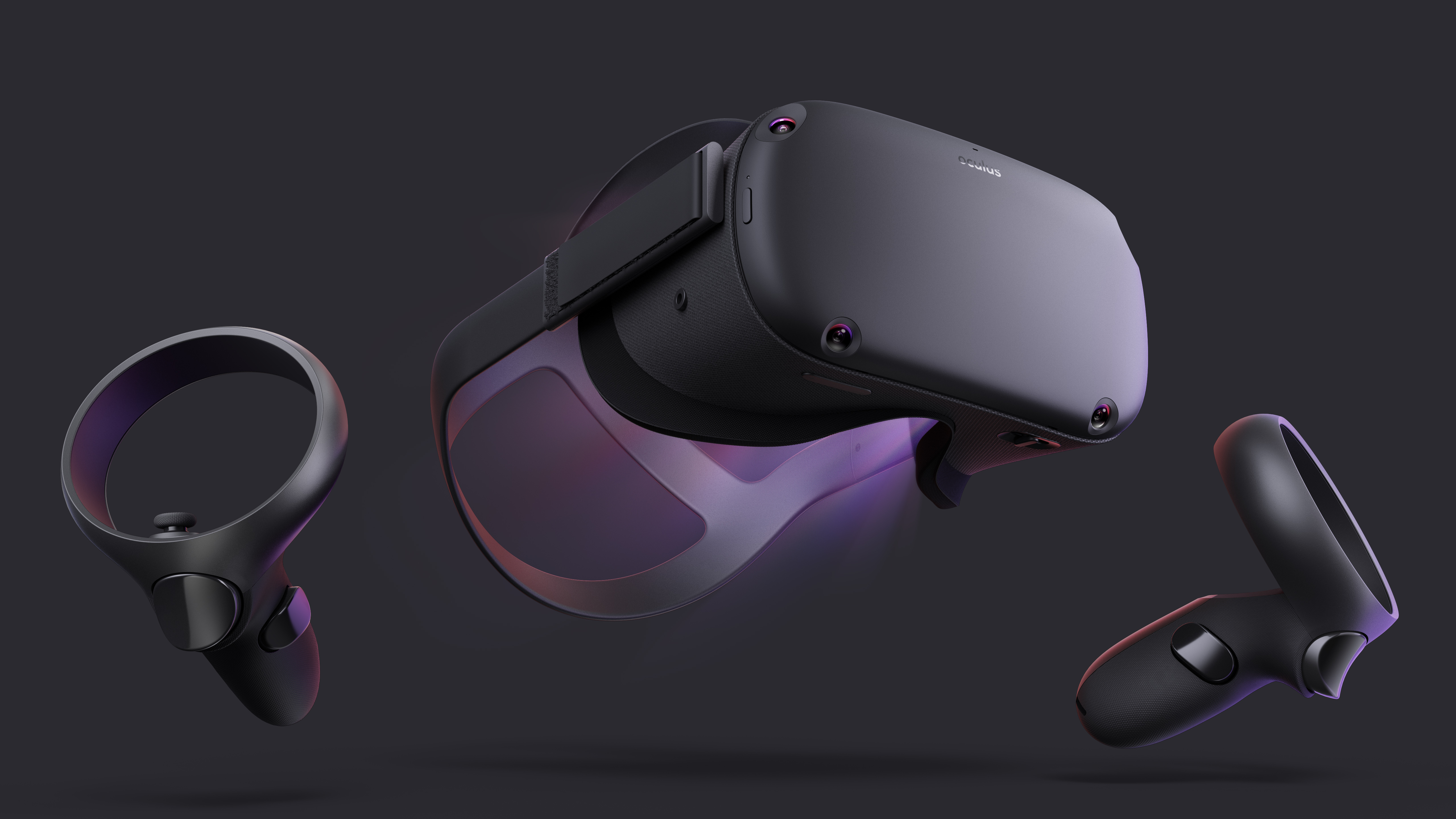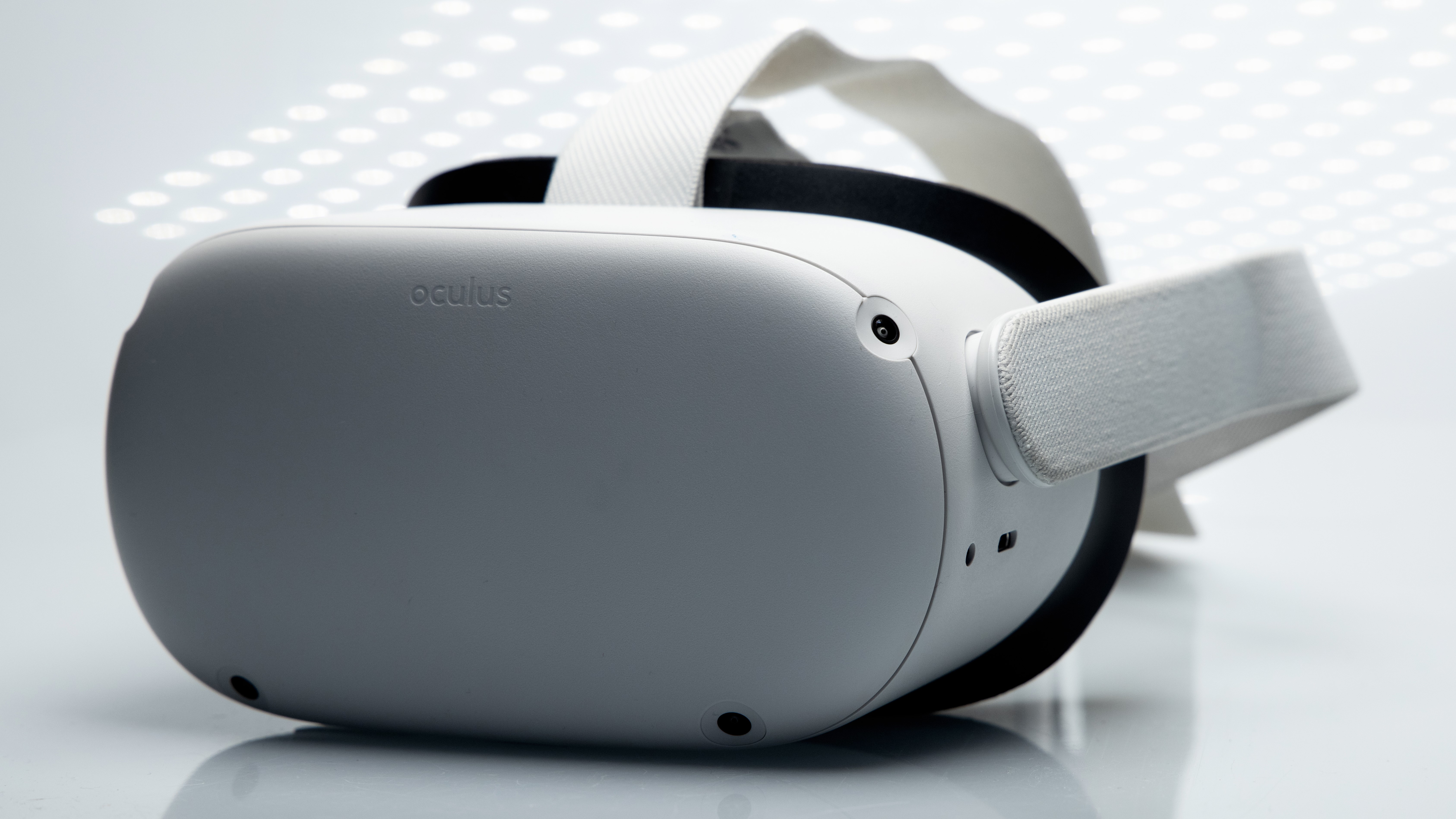Meta's original Oculus Quest is getting an update two years after being scrapped
Hand tracking 2.0 is coming to the Oculus Quest

Three years after launch, and two years after it was discontinued and replaced by a newer model, the Oculus Quest will finally be getting the hand tracking 2.0 update.
That’s right - the precursor to Meta’s hugely popular VR headset, the Oculus Quest 2, hasn’t yet been forgotten by Meta, with the Oculus Quest update set to land in October (via Upload VR).
Hand tracking 2.0 (which came to the Quest 2 earlier this year) will upgrade the original Quest’s existing capabilities by making its cameras and software better at recognizing your hand’s poses. In particular, it should be able to keep track of your hands while they're moving quickly or are partially hidden from view – provided your play space is adequately lit.
Because of these improvements, Hand Tracking 2.0 should make using your hands feel more immersive. You'll finally be able to clap or clasp your hands together without your headset having issues.
To start using hand tracking 2.0 you won’t have to do anything, instead, you’ll need to wait for developers to implement the feature in their games. Thankfully quite a few developers have already adopted and implemented hand tracking 2.0 in their titles on the Quest 2, including Vacation Simulator and city builder Little Cities, so the Quest versions should get the upgrade soon too.

Analysis: Don't call it a come back
Unfortunately, this hand tracking 2.0 update shouldn't be seen as the return of Meta's old standalone hardware. We expect it won't kick off a landslide of new support for the Oculus Quest.
Because despite only being one year older than the Quest 2 (and sharing a lot of similarities) the Quest is a considerable downgrade specs-wise. It only features 4GB RAM (compared to the Quest 2's 6GB) and uses a Snapdragon 835 CPU and Adreno 540 GPU combo that the Qualcomm SnapdragonTM XR2 Platform outclasses.
Sign up for breaking news, reviews, opinion, top tech deals, and more.
The difference in power already means that some of the best Oculus Quest 2 games (like Resident Evil 4 VR) are unplayable on the older headset; we expect more new games will be Quest 2-exclusive in the future.
Instead, see this as one last hurrah for the Oculus Quest, and one more reason to hold off upgrading your VR setup until we know more about Project Cambria (or the hotly anticipated Oculus Quest 3).

Hamish is a Senior Staff Writer for TechRadar and you’ll see his name appearing on articles across nearly every topic on the site from smart home deals to speaker reviews to graphics card news and everything in between. He uses his broad range of knowledge to help explain the latest gadgets and if they’re a must-buy or a fad fueled by hype. Though his specialty is writing about everything going on in the world of virtual reality and augmented reality.